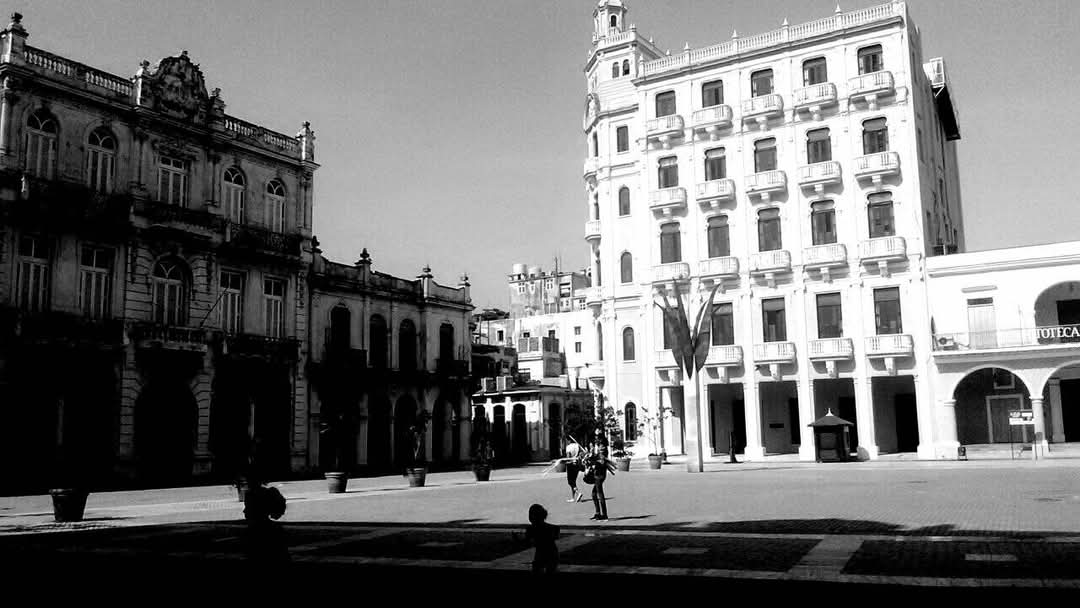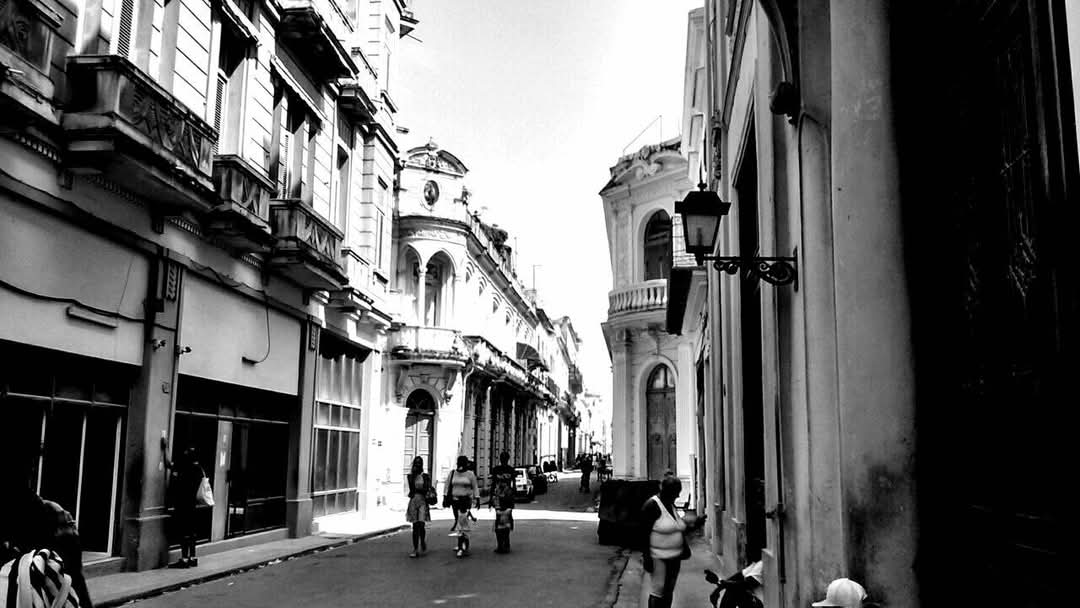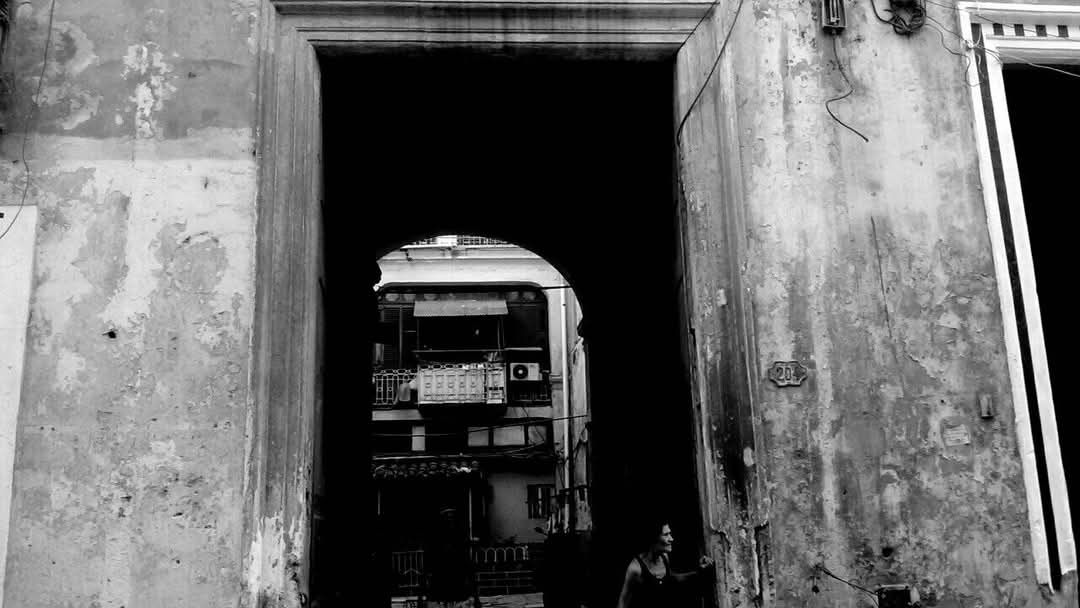There was a time when Havana stood tall, radiating a splendor that spoke of ambition, craftsmanship and dreams brought to life. The city's streets brimmed with vitality, its skyline a dance of intricate colonial facades and modern ingenuity. It was a place where history and future met, where the laughter of its people filled the air with an indomitable spirit. Havana was not just a city; it was a living poem, a mosaic of a new world of joy.
But like many dreams untended, Havana began to crumble. The years bore witness to policies that fell short of their promises, to economic struggles that weighed heavier with each passing day, and to a system that seemed to tighten its grip while letting the city's soul slip through its fingers. One crack became two, a peeling wall was left unpainted, and then, piece by piece, the city succumbe, not suddenly, but gradually, as neglect set in like an unrelenting tide.
Buildings that once stood as monuments to human creativity became ghosts of their former selves. Roofs caved in, balconies surrendered to gravity, and the very stones seemed to mourn their slow decay. Havana's beauty, though still evident in the sunlight glinting off a weathered mosaic, had become a bittersweet echo of its golden years. And yet, this tale is not solely one of loss. Havana’s crumbling walls speak to something deeper: the resilience of its people. They live among the debris, navigating potholes that mirror the cracks in their country’s foundation. But their laughter persists. Their music continues to rise, defying the decay around them. It is a spirit bow to the forces that seek to suppress it.
Havana teaches us that when structures collapse, there is still strength to be found in their rubble. The city whispers to all who walk its streets: Beauty can still emerge from ruins, and when things fall apart, there lies a chance to rebuild, better and stronger.
Rising from the debris requires more than just effort, it requires vision. It’s not enough to simply patch the cracks; one must reimagine the foundation. This applies to cities and societies, to individuals and their lives. When all seems lost, it is not despair but hope that must guide us. The cracks in the walls, though painful to see, can be the light breaking through.
Havana, with all its blemishes and brokenness, becomes a metaphor for the human condition. We, too, experience moments where our carefully built lives feel as though they are caving in. The forces at play, be they external circumstances or internal struggles, push us to the brink. Yet, we have within us the same spirit that keeps Havana’s people laughing, singing, and hoping. To rise is not just to recover but to transform. It is to take the pieces left in the wake of collapse and craft something anew, something more enduring. Havana may no longer be the pristine city it once was, but it holds the potential to become something even more profound, a testament to the power of resilience, an emblem of hope amid adversity.

So let us look to Havana’s story not with despair but with determination. Let us remember that even as cities crumble, as lives falter, and as dreams are deferred, the possibility to rebuild remains. The debris is not the end; it is the foundation for something new, something better. And just as Havana’s spirit endures, so too does the human capacity to rise, to create, and to thrive.
When all else fails, it is this, the will to get up from the rubble, what defines us.
Photos by myself


